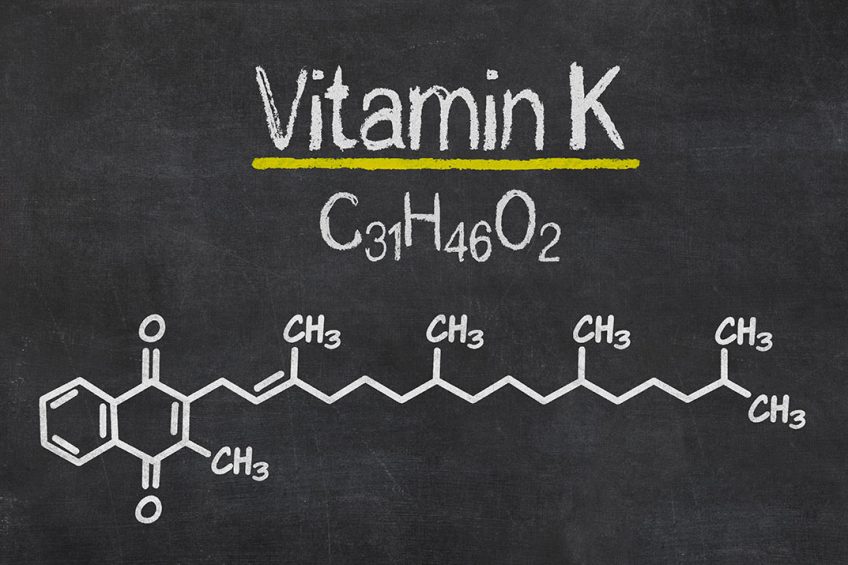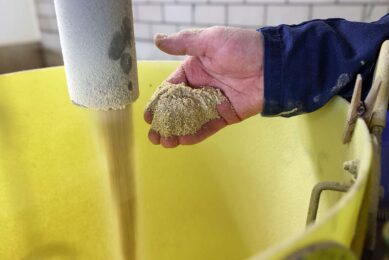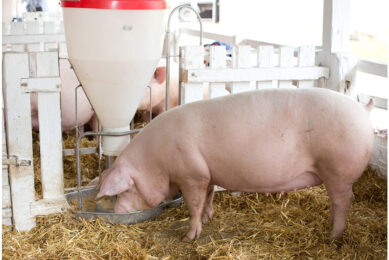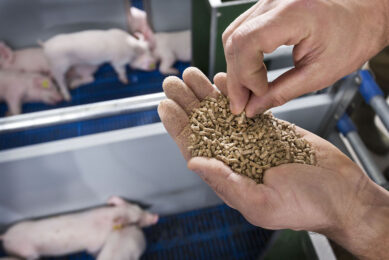Vitamin deficiency: A train wreck on our hands

As markets and situations change, so will the ideal pig diet. What is optimal this year, may need a tweak the next year. It is always wise to continue to evaluate, says swine nutrition technology expert Dr Casey Bradley, as she noticed a vitamin deficiency in new-born piglets of late.
If anything positive came out of 2020 or the Covid-19 pandemic, it was the mounting evidence indicating how important vitamin status, especially D, is to stay healthy and fight off disease. From the beginning I have had my family on a rigid dietary supplement programme, especially for D, C, and zinc. Then the vaccination being developed in record time was the cherry on top. Since my husband is a first-responder, he received his 1st round in early January and just in case you were worried, he did not grow 2 heads or have any other adverse side effects.
Lameness and vitamin deficiencies
But many conversations I have had recently, turned into discussions with lameness and potential vitamin deficiencies, either coming in from feed analysis or necropsies in the animals. The pigs in the photos are an example of one of the potential cases I was asked for my opinion on most recently. It is something remarkably familiar to me from either a disease perspective, but more unlikely in new-borns, or potential vitamin K deficiency. I tended to jump more to the lateral position as it was a familiar topic of late.
Why for so many inquiries of vitamin deficiencies lately? For starters, a strategy to mitigate the threat of ASF coming into the USA from feed ingredients originating from China or other infected areas has many producers quarantining or holding their vitamin premixes for 30-60 days.
Pork producers re-evaluating costs
Also, when vitamin A was so volatile in late 2019 through early 2020, many producers re-evaluated their overages to save on costs. All while we easily forget about how vulnerable fat-soluble vitamin stability is. Combine that with the fact that mycotoxin contamination can lead to vitamin K deficiency and we could easily have a train wreck on our hands in the field.
I find it very frustrating as a nutritionist that we rarely evaluate micronutrient requirements in our diets or devote much research into continued learning because of commodity based decision making. Then when we run trials, we based decisions on a single trial and say it did not improve ADG or FCR and we do not change our requirements.

Higher levels of micronutrients
However, it is quite evident that in a disease challenge our tightly controlled research trials do not repeat itself and we are left in situations that there is not a clear answer. The bigger question is what if we made a small insurance investment in running higher levels of micronutrients, would it result in fewer disease outbreaks or losses due to seasonal losses of PRRS or flu, for instance?
As we are pressured more and more to move away from antibiotics in tight margin markets, we will need to rethink of what truly is optimal in our diets, because what might have been optimal 2 years ago could be deficient tomorrow.
In the meantime, stay healthy, safe, and I hope all of you are thriving in 2021.
 Beheer
Beheer








 WP Admin
WP Admin  Bewerk bericht
Bewerk bericht